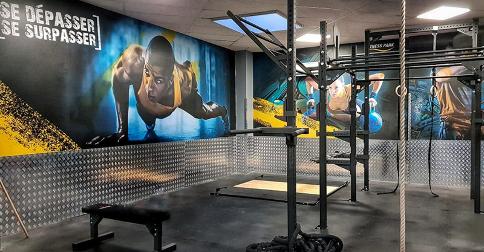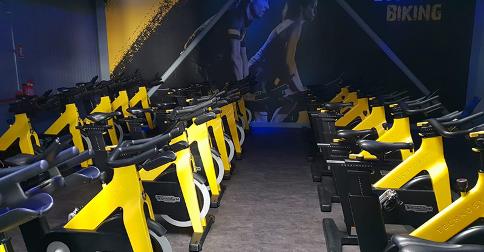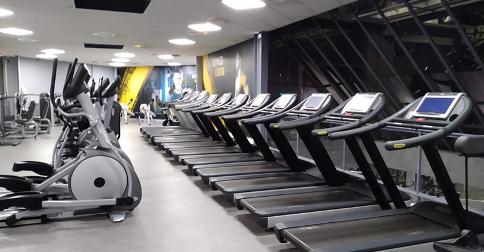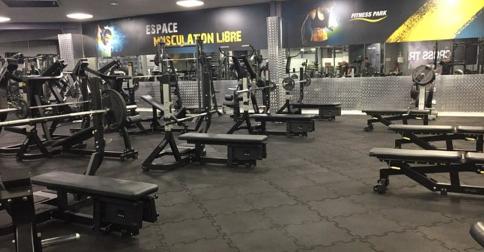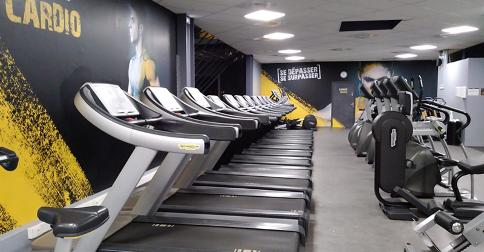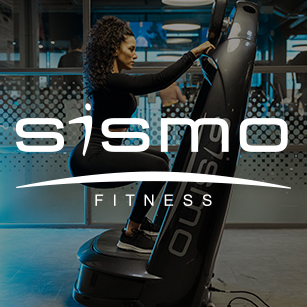Découvre le club Fitness Park Les Pavillons-sous-Bois situé à 10 minutes de la station de tramway Gargan. Réparti sur plus de 1400m², le club t’offre un large choix d’activités et d’équipements Technogym pour t’entraîner efficacement : musculation, cardio-training, cours collectifs, cross-training, biking. Que ton objectif soit de prendre du muscle, mincir ou te remettre en forme, Fitness Park t’accompagne dans ta réussite personnelle. Comment accéder à la salle de sport ? Tramway T4. Arrêt : Gargan. INFORMATIONS PRATIQUES SERVICES DU CLUB LES POINTS FORTS *En supplément Le club de sport Fitness Park Les Pavillons-sous-Bois t’accueille sur 1400m² d’espace de pratique : musculation, cardio, cross-training, biking. Plus de 140 machines et équipements Technogym, disponibles en libre accès 7J/7 - de 6h à 23h. Retrouve des coachs sportifs disponibles pour tous tes entraînements. Retrouve un espace de 250m² pour tes séances. Des programmes de base aux plus complexes, la salle de fitness Fitness Park Les Pavillons-sous-Bois est équipée de matériel de musculation dernière génération Technogym et Hammer Strenght pour dépasser tes limites lors de tes entraînements. Débute le fitness dans les meilleures conditions. Nos machines de fitness à charges guidées te permettent d’évoluer facilement pour atteindre tes objectifs sportifs. Progresse avec une préparation physique adaptée à tes objectifs, dans un espace conçu parfaitement pour tes séances de musculation. Entraîne-toi aussi comme un athlète. Retrouve des équipements de musculation à charges libres performants pour développer ta masse musculaire. Travaille l’ensemble du corps et améliore ta condition physique générale dans l’espace dédié aux entraînements cardio fitness. Entraîne-toi pour te remettre en forme, brûler un maximum de calories, perdre du poids et développer ton endurance. Fitness Park Les Pavillons-sous-Bois met à disposition les meilleurs équipements de fitness et de cardio Technogym pour atteindre tous tes objectifs fitness : rameurs, vélos elliptiques, simulateurs d’escaliers ou encore tapis de course. Choisis l’excellence pour t'entraîner dans des conditions optimales ! Quelles que soient tes attentes, nos coachs sportifs peuvent t’accompagner et te guider pour tes premiers entraînements. Mets en place un programme cardio-training adapté à ton objectif personnel pour rapidement progresser. Que tu sois à la recherche d’une meilleure forme physique ou d’une silhouette affinée, le cardio-training est la discipline à privilégier. Elle permet de tonifier les muscles et d’augmenter la résistance à l’effort. Pour compléter tes exercices cardio, utilise la plateforme d'oscillation SISMO présente dans le club Fitness Park Les Pavillons-sous-Bois. Travaille ton cardio, tes cuisses, ton endurance, ta souplesse ou encore tes abdos grâce aux cours collectifs vidéos accessibles en libre-service sur écran géant. Varie tes trainings et progresse à ton rythme grâce à une gamme de cours collectifs diversifiées : Body Pump, Body Combat, Body Balance, Sh’Bam, yoga ou encore pilate. Avec ton abonnement Fitness Park, tu peux accéder en illimité à tous les cours. Les cours collectifs sont le meilleur moyen pour reprendre le sport et entretenir ta forme physique. Avec plus de 160 cours vidéos répartis sur l'ensemble de la semaine, tu peux réaliser tes séances à n’importe quel moment. A toi de choisir en fonction de tes objectifs et de tes envies ! En complément des cours vidéos, Fitness Park Les Pavillons-sous-Bois, propose des cours encadrés par des coachs pour t'accompagner, te conseiller et te pousser dans tes retranchements : renforcement musculaire, zumba, cardio attack, spinning, gym douce, tabata, abdos flash, cuisses-abdos-fessiers (CAF), cross-training ou encore pilate. Enchaîne snatchs et dips à force de détermination et d'abnégation. Créer des programmes d'entraînement personnalisés et réveille l'athlète qui sommeille en toi. Fitness Park Les Pavillons-sous-Bois met à disposition et en libre accès, un espace pensé pour pratiquer le cross-training en illimité. Retrouve barres de traction, kettlebells, rack à squat, TRX, box jump et wall-balls pour des WOD de cross-training intenses et variés. Mélangeant musculation, force athlétique et mouvement de gymnastique, le cross-training ne t’offre pas moins de 50 exercices différents pour brûler des calories et développer tes muscles. C’est la discipline par excellence pour une préparation musculaire et cardio à haute intensité. Quel que soit ton niveau, le cross-training est accessible à tous. Adapte tes séances d'entraînement selon tes objectifs. Accessible à tous, cette discipline tendance te permet d'améliorer ta condition physique et tes performances en un temps record. Cet entraînement cardio de haute intensité est rythmé par une ambiance sonore qui t’accompagne pendant cette séance de vélo indoor, idéal pour te motiver. Conçu pour tous les pratiquants ayant des exigences sportives, l’espace cycling du club de sport Fitness Park Les Pavillons-sous-Bois propose un équipement innovant dans un environnement totalement immersif. Dépense calorique et dépassement de soi garantie : le RPM est conçu pour brûler un maximum de graisses en un temps record : 600 calories/45 minutes. Défoule-toi et renforce tes capacités cardio-vasculaires au rythme de la musique. Grâce au Velo Indoor, tu affines tes cuisses, raffermis tes fesses et tonifies l’ensemble du corps : des résultats visibles en seulement un mois ! Nous proposons dans tous les clubs Fitness Park un espace Musculation, Cardio & Cross-Training afin que tu puisses venir t'entraîner dans les meilleurs conditions. Fitness Park te propose plusieurs offres au choix dès 19€/ 4 semaines* : Avec ou Sans Engagement avec l'offre classique, Access + et Ultimate et l'offre Jeunes. Découvre-les ! Nous proposons plus de 12 cours collectifs différents, il ne te reste plus qu'à choisir ! Découvre les activités Nos coachs sont disponibles de 9h à 23h pour t'accompagner dans tes entraînements fitness et musculation.SALLE DE SPORT Les Pavillons-sous-Bois
Musculation, Fitness, Cross-Training, Biking & Cardio-Training
06:00 - 23:00
Samedi au dimanche 09:00 - 23:00
Fitness Park Les Pavillons-sous-Bois
Club de sport, fitness & remise en forme
Parking gratuit
Climatisation
Casier de recharge téléphonique
Douche individuelle
Produit désinfectant
Wifi gratuit
Distributeur automatique
Musculation
Cardio training
Biking
Espace Abdos Stretching
Cours collectifs coachés
Cours vidéo
Cross training
Coaching particulier*
Programme d’entraînement personnalisé*
Inbody*
Espace détente
Station d'hydratation Yanga*
Plateforme Oscillante Sismo*
Equipements haut de gamme
Service de qualité
Libre accès dans tout le réseau
Services et expérience Ultimate
ACTIVITÉS
Espace Musculation
Conçu pour développer ta force
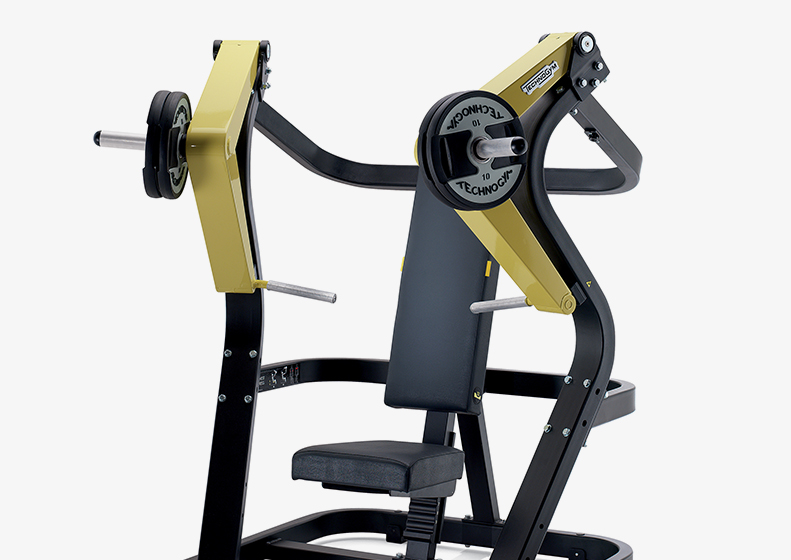
Espace cardio-training
Idéal pour te remettre en forme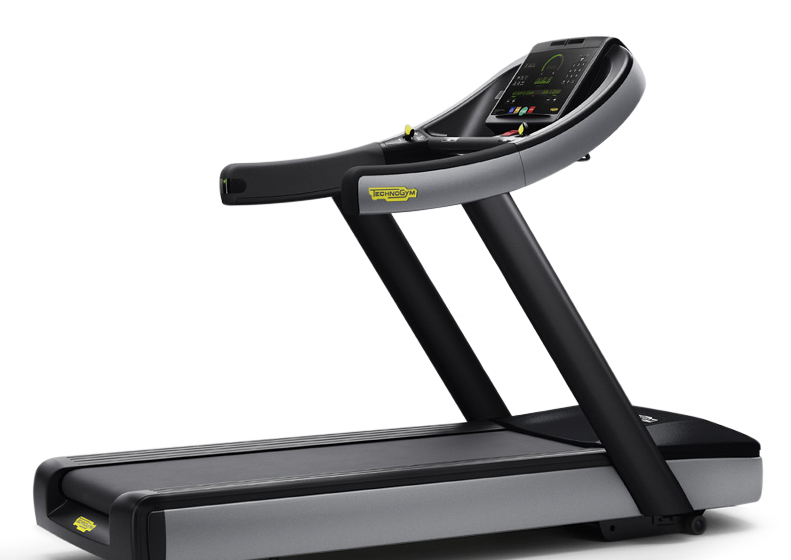
Espace Cours Collectifs
Plus de 160 cours disponibles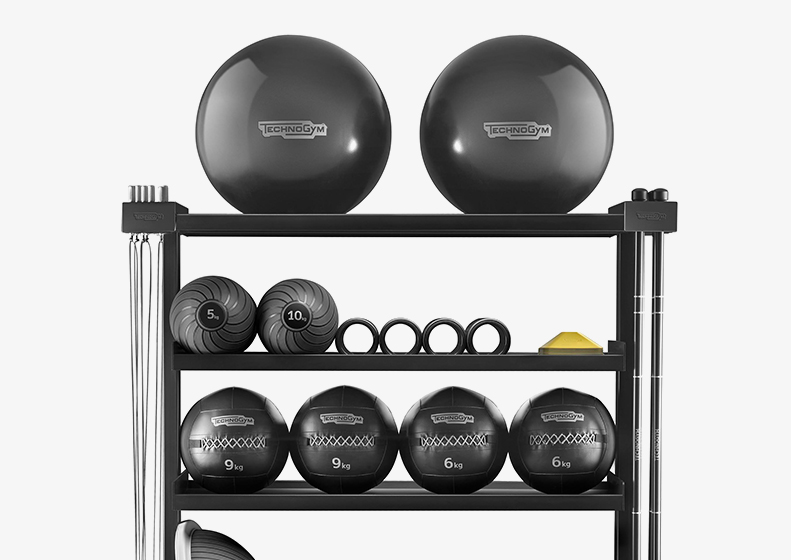
Espace Cross-Training
Repousse tes limites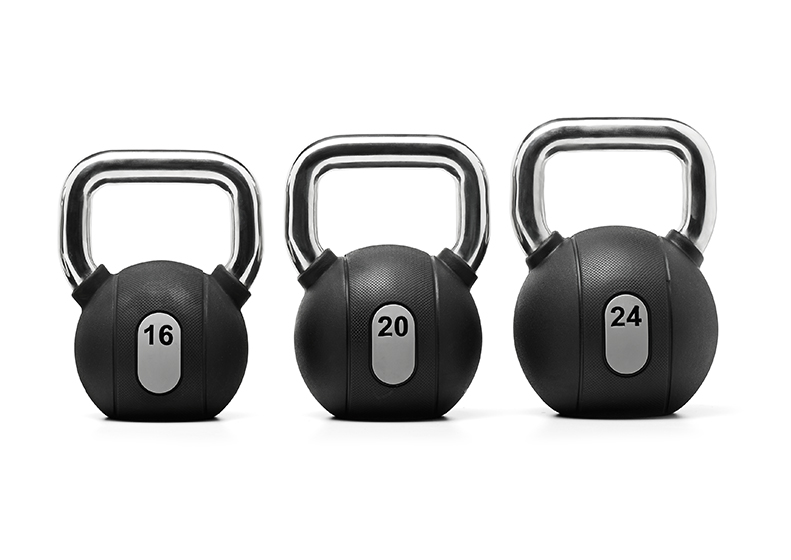
Espace Biking
Haute intensité assurée
Questions &
RéponsesQuelles sont les activités proposées dans les clubs Fitness Park ?
Quelles sont les offres proposées dans les salles de sport Fitness Park ?
Quels sont les cours collectifs proposés dans le club Fitness Park Les-Pavillons-sous-Bois ?
Y-a-t-il des coachs présents dans la salle de sport Fitness Park Les-Pavillons-sous-Bois ?
Pourquoi s’entraîner
chez nous ?
Fitness Park, la marque de fitness préférée des Français*
Un réseau de plus de 260 salles en France et à l'étranger
Espaces Cardio-Training, Musculation libre et guidée
Une communauté de passionnés !
Cage de Cross-Training et accessoires complets
Matériel haut de gamme et connecté
Cours collectifs vidéo exclusifs
Wifi gratuit
* Offre non cumulable valable pour toute souscription à un abonnement classic avec engagement d'un an soit 13 périodes de 4 semaines, hors l'adhésion de 30€ à l'inscription et la participation au renouvellement matériel de 9€ à régler une seule fois.
 Offre spéciale : Les 4 premières semaines à 19€
Offre spéciale : Les 4 premières semaines à 19€




